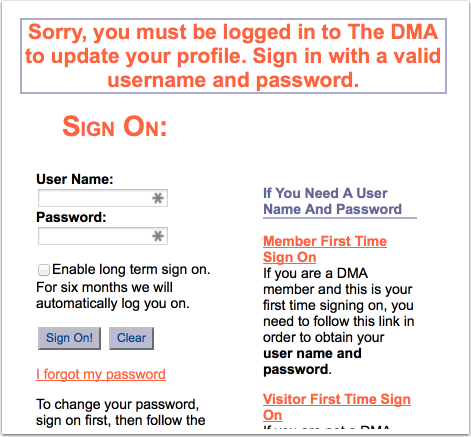CASL is more privacy law than anti-spam law
Michael Geist, a law professor in Canada, writes about the new CASL law, why it’s necessary and why it’s more about privacy and consumer protection than just about spam.
The law has at least three goals: provide Canada with tough anti-spam rules, require software companies to better inform consumers about their programs before installation, and update Canadian privacy standards by re-allocating who bears the cost for the use of personal information in the digital environment.
There are a lot of marketers out there that are really in a tizzy about CASL and about actually having to ask for and receive permission before sending mail to people. These are the same marketers who will tell you that they only do permission email. I’ve not quite gotten past the cognitive dissonance. They already do permission email, now they just actually have to keep some accurate records and have an audit trail.
The more cynical side of me says that the problem is that these senders who are stomping around ranting about how awful CASL is and how unfair are just pouty because they can no longer pretend they have permission. They actually have to have permission. They can’t bury an opt-in somewhere in a privacy policy, they have to have a real opt-in. They can’t tell a complainant “well, you opted in at some point, we just don’t know when” they have to be able to demonstrate the opt-in. They can’t just collect an email address and assume that address is a viable target forever, they have to either have a demonstrable relationship with the recipient or stop mailing the address after a few years.
Whenever I read about how awful CASL is, the underlying issue seems to me to be that marketers don’t like being told to stop taking permission from recipients. The marketers don’t like begin told they have to respect consumers. Not only that, they really hate that if they violate the law they may be held accountable for that.
Canada was one of the last western, industrialized nations to adopt an anti-spam law. I do not think it’s coincidence that CASL is extremely consumer friendly. Canada saw what happened with other laws and wrote a law that was a lot harder for marketers to ignore.


